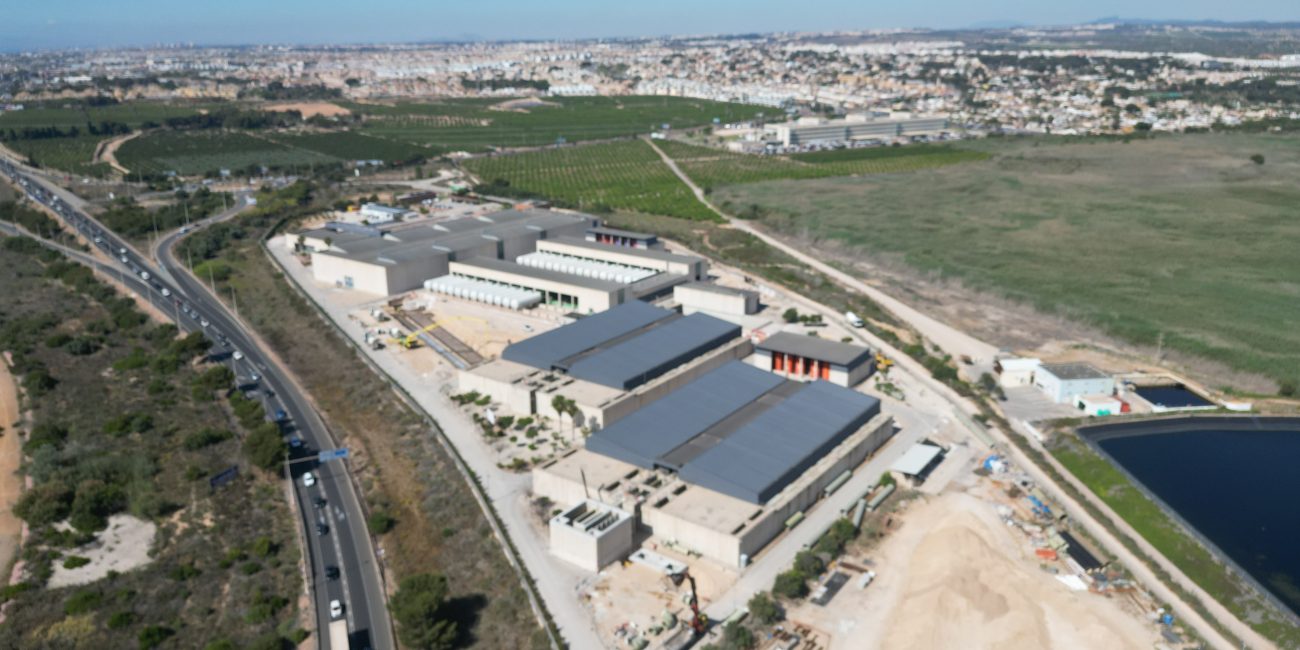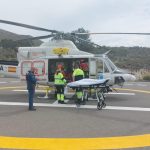Acuamed, a state-owned firm, has alerted various irrigation communities in the Vega Baja region that a preliminary project for the construction of a solar plant to serve the Torrevieja desalination plant is being prepared. This initiative will expropriate eight big agricultural properties in San Miguel de Salinas, Orihuela, Los Montesinos, and Amoradí towns. The proposal is the plan B mentioned by the state-owned business for carrying out the project, which Prime Minister Pedro Sánchez announced more than a year ago during his visit to Torrevieja.
Multiple phases
Since then, the initiative has progressed through numerous phases. Acuamed first proposed constructing the plant on 200 hectares of the Campo de Salinas plain, all of which are in production and located in the municipality of San Miguel de Salinas.
All this after generating a large social mobilisation against it, with demonstrations and acts of protest by farmers, with the massive participation of the inhabitants of San Miguel de Salinas, who had the support of the Consell, political parties, including the local PSOE, and numerous entities, such as Asaja, against the action.
Acquisition
Acuamed then began negotiating another option: the purchase of a renewable energy investment fund from Mercia, a company that has obtained state approval to build a solar plant in the region with a capacity equivalent to the desalination plant’s self-supply, which is approximately 80 megawatts. The corporation already had leasing agreements for land in San Miguel de Salinas, Almoradí, and Algorfa. Although the negotiations appeared to be on track, the central government has filed legal objections to the acquisition, citing the fiscal burden that rents pose in the face of property expropriation.
Now comes the third option, which, without additional data, continues to have a big impact on the region, now affecting three other municipalities.
Communication
Acuamed is planning a solar photovoltaic power production plant for direct self-consumption from the Torrevieja desalination plant, according to a contact with an impacted irrigation community. It includes the locations of the eight subareas—large agricultural plots—as well as the electrical lines that connect them to the Torrevieja desalination plant.
The business claims that the solar plant’s highest nominal generating capacity is 71.6 megawatts, with a peak power of 84.5 megawatts. Although Acuamed does not define it, this capacity implies the seizure of 150-200 hectares of land. Large agricultural firms, who have made significant investments in modernisation to adapt their crops, own some of these hectares.
The document, which has surprised and worried farmers after the Socialist government of San Miguel de Salinas said for months that the “problem” was fixed with the purchase of the private project, is signed by the regional manager of the Segura River basin of Acuamed and states that the solar plant is part of the projects funded by the Recovery, Transformation, and Resilience Plan with European money.
Eight regions and twelve blocks
Toponyms for the impacted properties include Lo Mongol, Lo Montanaro, Lo Meca, and Lo Soto. The preliminary project defines this solar plant, which is designed as interconnected islands, as being divided into eight plots, which are then divided into 12 blocks. The chosen plots are arranged from north to south, parallel to the Torrevieja lagoon. San Miguel de Salinas has three properties, Almoradí has two, Los Montesinos has one, and Orihuela has one. The latter is located close to the Rambla de la Fayona, on the boundary with Torrevieja. They are carefully placed on the boundaries of each municipality.
One distinction between this proposal and the previously rejected one for the Campo de Salinas plain is that it impacts big holdings with few owners. Meanwhile, the expropriation of several small and medium-sized parcels, including dwellings, occurred in the Campo de Salinas plain, near the industrial park. Furthermore, the new preliminary plan relocates the area further from the natural park’s impact buffer zone. Acuamed has once again ruled down the use of public easements or land over post-transfer canals, as requested by homeowners.
“Conformity and conditions”
The communication, which arrived by ordinary mail to the farmers, indicates that Acuamed wants to know with the letter “their conformity with the planned action and, if applicable, the necessary conditions to safeguard the effects caused by the preliminary project” and then requests that the state-owned company be provided with “the documentation or plans showing their assets, installations, works, and services existing or with the intention of projecting.”
José Vicente Andreu, president of Asaja Alicante, stated, despite a lack of additional information about the initiative, that the preliminary project includes some of the province’s best agricultural farms, including greenhouses and modernised horticultural farms owned by large agricultural companies.
The objective
The solar project is intended to minimise the energy costs of producing desalinated water in Torrevieja, which produced 84 cubic hectometres of water in 2024, 80% of which was used for irrigation in the Murcia Region, particularly Campo de Cartagena in Mar Menor. Each cubic metre costs approximately one euro to create. Energy accounts for 60% of the cost, as it is required for the reverse osmosis process, which separates water molecules from other seawater components. The state subsidises approximately 65% of the price per cubic metre for irrigators. The remaining amount is covered by taxpayers.
Critics of the idea argue that, despite its considerable influence on the region, the facility will only lower production costs by a few pennies per cubic metre.









No Comment! Be the first one.